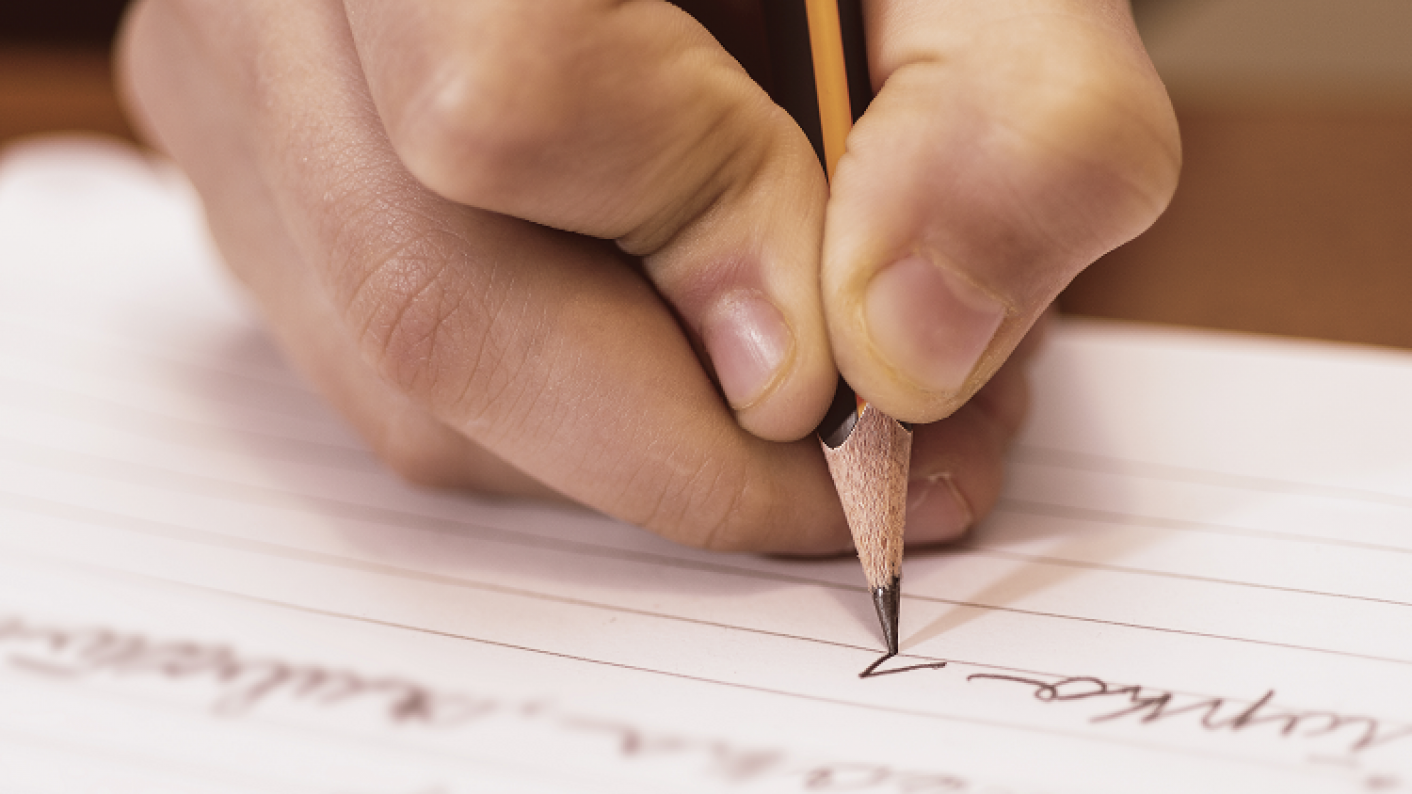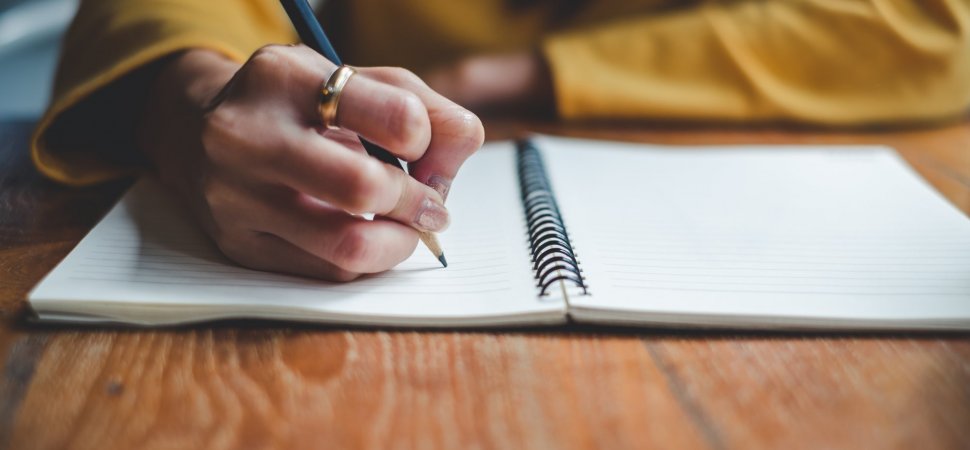Plantar fasciitis and other conditions are often improved simply by wearing the "right" shoes
Feet hurt? You're not alone. Nearly everybody suffers from some kind of foot pain at one time or another. And in most cases, it's not from running marathons or toting heavy barges all the live long day, it's from wearing the wrong kind of shoe.
Plantar fasciitis is one of the most common foot complaints and people try all kinds of remedies, from shoes to inserts to flexibility training. Experts may not always agree on everything but most agree that choosing shoes that dont properly support the arch or absorb heel shock can aggravatethe condition instead of helping it heal.
Plantar fasciitis is inflammation or microtearing in the plantar fascia (a thick band of connective tissue on the bottom of the foot, running from heel to toes). It tends to hurt most at the heel, especially with first steps in the morning or after resting.
Because of that, the ideal shoe, according to a recent Health report, should:
-
Cushion the heel / absorb shock every time you walk, the heel impact should be softened so more force is borne by the shoe, not the fascia.
-
Stabilize / support the arch you dont want your arch to collapse or overstress the plantar fascia. A supportive midsole or arch insert helps with that.
-
Have a firm heel cup / structured back this helps hold your heel in place, preventing unwanted sliding or twisting.
-
Balance flexibility and rigidity the shoe should flex at the toes (for push-off) but resist torsion in the midfoot (so the arch doesnt collapse).
-
Have a slight heel elevation (drop) a small heel lift (versus fully flat shoes) can reduce strain on the plantar fascia.
-
Allow for customization removable insoles so you can insert orthotics or more supportive replacements is helpful.
-
Fit well too tight shoes (especially in the toe box) or wrong length can increase stress. Some experts even suggest going a half size up if switching in stronger insoles.
When shoes lack these features (e.g. very flat shoes, poor cushioning, flimsy structure), they may exacerbate pain rather than help.
Common mistakes
Here are frequent missteps consumers take:
-
Buying shoes just for looks or light cushioning without structural support.
-
Relying purely on lots of cushion but on overly flexible or unstable shoes (can let the foot collapse).
-
Using flat shoes or very low-drop shoes (e.g. many fashion flats, flip-flops) that provide no heel support.
-
Keeping worn-out shoes long past their support life (midsole gives out). Many people forget that cushioning and structural support degrade over time.
-
Choosing too narrow shoes, or shoes that squeeze toes, which can change gait mechanics or strain parts of the foot.
-
Neglecting to wear supportive shoes even when just walking around at home experts often note that barefoot at home without support can delay healing.
To help you take the right steps, here's a neutral buyers guide. It contains nocommercial bias or paid shopping links.
Buyers Guide: Choosing the Right Shoe for Plantar Fasciitis
What to Look For
1. Firm, supportive arch
Look for shoes with a defined arch that matches your foots natural contour. Soft, flat shoes may feel nice at first but can let the fascia overstretch.
A shoe should stabilize your foot, not let it collapse inward, says Dr. Elizabeth Daughtry, DPM, quoted in Business Insider. Arch support keeps pressure off the inflamed tissue.
2. Deep heel cup
The heel should sit securely in a structured cup that prevents side-to-side rolling. This stabilizes your gait and reduces micro-trauma each time your heel hits the ground.
3. Cushioning with structure
Opt for midsoles that cushion without being mushy. EVA foam, gel pods, or air cells help absorb impact, but the shoe should still feel stable through the arch and heel.
4. Slight heel-to-toe drop
A raised heel (about 610 mm higher than the forefoot) reduces the tension on the plantar fascia. Completely flat shoes or minimalist designs are usually too harsh.
5. Rigid midfoot / flexible forefoot
When you twist the shoe gently, it should resist bending in the middle but flex at the ball of the foot. That combination keeps your arch stable while allowing a natural stride.
6. Removable insoles
A removable insole lets you upgrade to custom or over-the-counter orthotics a big plus if you have a unique arch or recurring pain pattern.
7. Proper fit and toe room
Tight toe boxes or overly narrow shoes alter gait mechanics and can worsen strain. Aim for snug around the heel and midfoot, but with wiggle room for your toes.
Examples of good shoe types & models
While no shoe is perfect for every foot, here are styles that are often recommended (and well-reviewed) for people with plantar fasciitis:
From expert roundups:
-
Hoka Bondi 9 often cited as a top overall pick because of plush cushioning, structured support, and the APMA (American Podiatric Medical Association) Seal of Acceptance.
-
Hoka Clifton (version 10, etc.) a slightly lighter but still supportive option.
-
Brooks models(e.g. Ghost, Adrenaline) known for balancing cushioning and support.
-
Orthofeet has models with good arch support and comfort for walking.
-
Dansko XP 2.0 (clogs) interesting option for people who need slip-on comfort but still want structure.
-
Oofos / OOfos (recovery shoes / slides) good for wearing around the home as supplemental support.
Red Flags: Signs Youre Buying the Wrong Shoe
-
Flat or overly flexible sole offers no arch or heel support.
-
Memory foam only soft but unstable under load.
-
Excessive wear midsoles compress over time, losing support even if the shoe looks fine.
-
No heel counter flimsy heel fabric or thin backing lets the foot roll.
-
Too fashion-focused ballet flats, flip-flops, or soft slip-ons rarely provide structure.
People often buy for cushioning alone, but what they really need is controlled cushioning support that limits motion, not just softness, says Dr. Elvis Danne, DPM, quoted in Forbes.
How to Test a Shoe In-Store
-
Bend test: Try folding the shoe in half it should bend near the toes, not the arch.
-
Twist test: Hold the toe and heel and try to wring it like a towel. A good shoe resists twisting.
-
Heel press: Press the heel counter. It should feel firm, not collapsible.
-
Walk test: Walk briskly. Your arch should feel gently lifted, and your heel should land softly but securely.
-
Try both feet: Many people have slightly different arches; make sure both feet feel supported.
Replacement Rule of Thumb
Even the best shoes wear out. Replace every 300500 miles of walking or running roughly every six months for frequent walkers.
The midsole loses structure long before the tread shows it, says Dr. Danne. If your heel pain returns, thats often the sign your shoe has aged out.
Optional Add-Ons
-
Heel cups or orthotic inserts add extra lift and contour.
-
Compression socks reduce inflammation during long periods of standing.
-
Night splints keep the fascia gently stretched overnight.
These dont replace good shoes but can help reinforce your recovery routine.
The Bottom Line
The right shoe for plantar fasciitis feels structured, not just soft.
Think supportive frame, cushioned ride, firm heel, stable arch.
The wrong shoe even an expensive one can make healing take months longer.
Posted: 2025-10-13 14:38:56















